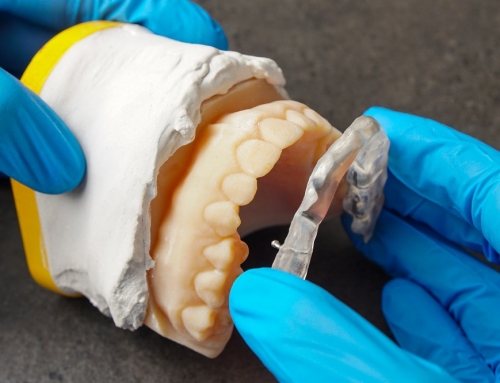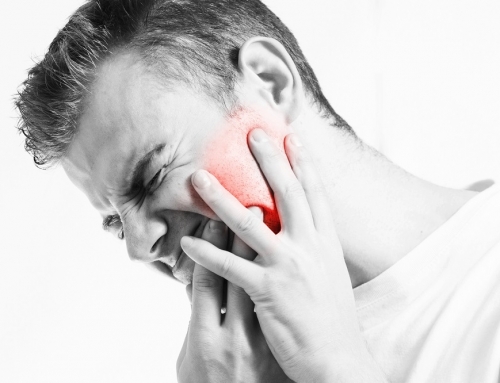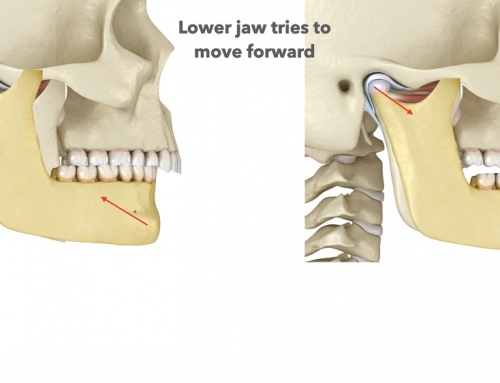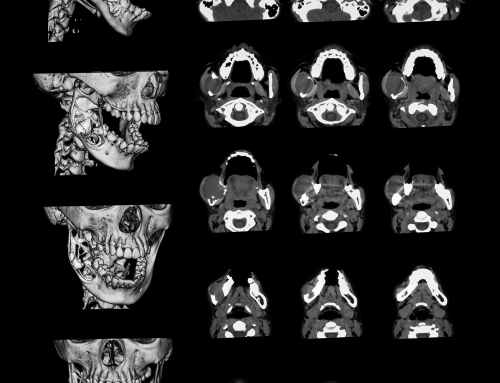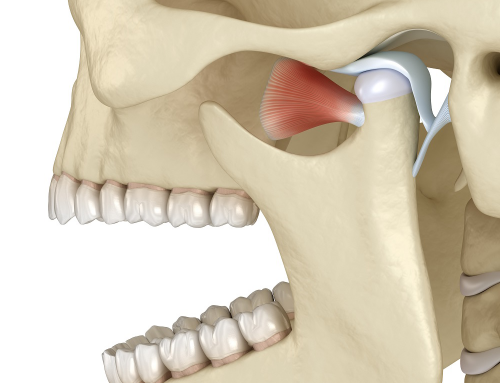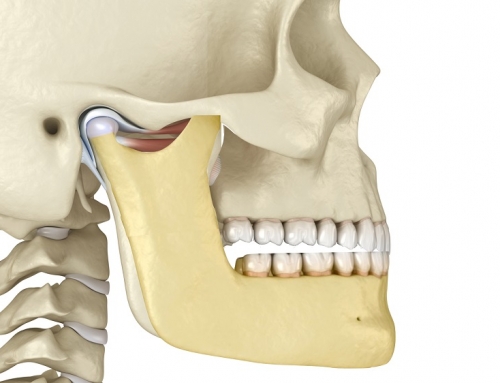When evaluating a jaw joint, various joint sounds can be heard and, depending on what you feel and hear, it will mean different things, and lead to a different diagnosis and treatment.
The presence or absence of a sound also has a significant meaning but understanding the absence as well presence become critical in a pain patient. Ignoring or improperly assessing a specific sound can lead to incorrect treatment, exacerbation of symptoms, and minimizing the patient’s issues and challenges.
So what do these sounds mean?
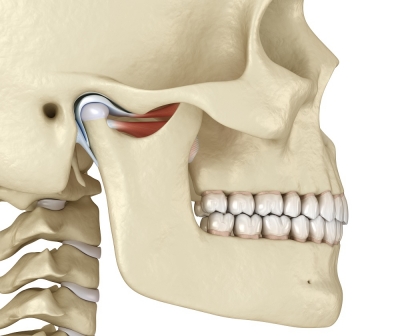
Presence of Sound
Let’s address the presence of a sound first. If a sound is heard in the jaw joint, this tells you there is some form of dysfunction in the TMJ (Temporo-Mandibular Joint) and this is termed TMD (Temporo-Mandibular Dysfunction). A sound indicates that the jaw joint is functioning abnormally and may need intervention or at least a discussion with the patient so the patient can become aware of the condition and monitor.
Describe healthy relationship
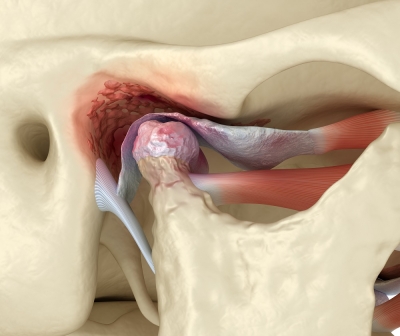
A click or a pop, when opening or closing, indicates a condition known as Disc Displacement with Reduction.
The TMJ is made up of the mandible (jaw bone) and the temporal bone in the skull. The head or top of the mandible is known as the condyle. Between the condyle and the skull is a disc of cartilage that acts as a cushion to prevent the bones from grinding on each other and causing inflammation. When this disc slips out of place, you will hear a popping or clicking sound when your condyle pops back on.
Over time, the disc may have more difficulty going back into its place and may end up getting stuck in front or behind the condyle, leading to restricted jaw motion, and locking your jaw in an open or closed position. This can be painful, scary, and very limiting.
A grinding sound, also known as crepitus, is when the disc has slipped off the condyle completely and you now have bone to bone grinding in the jaw joint. This is known as Disc Displacement without Reduction. This is a warning sign that there may be degeneration in the joint, causing damage and inflammation. This can lead to pain, changes to the condyle, swelling, and lack of proper function.
Ringing in the ear, known as tinnitus, can also be heard as a hum or a constant buzz and can be associated with earache, ear fullness, dizziness (vertigo) and many patients with this condition have often seen their doctor and ENT specialist to rule out ear issues. If you are experiencing tinnitus, and your doctor has not found anything wrong in your ear, it is very likely that you have a TMD-related condition that needs further evaluation and treatment.
Joint sounds are a sign of damage
Jaw sounds are not a normal condition, and are related to jaw damage. Left untreated, they can worsen, lead to pain and disability, and may become untreatable if ignored.
Absence of sound in a symptomatic patient is an indication of inflammation or even degeneration but due to pain associated with movement, the patient will limit their opening and hence result in no sound. In cases where there is tenderness of the TMJ, with limitation of motion due to pain, and lack of sound, this is often a condition known as Capsulitis which is inflammation of the capsule of the jaw joint. If not diagnosed correctly, and the lack of sound used as a guide to diagnosis (or lack of), the patient may get ignored or dismissed with a prescription for the symptoms they are feeling, rather than treatment of their actual condition.
In the absence of joint sound, and presence of pain or discomfort, a Load Test can be used to help determine the cause of the pain in order to treat accordingly. Loading the mandible can help the clinician assess the source of the pain where tenderness on loading is usually due to intra-capsular pressure caused by the retruded condyle onto innervated fibres of the posterior joint space; tension, on the other hand is the result of the lateral pterygoid muscle not releasing. Understanding the difference is key to helping the patient with treatment options.

